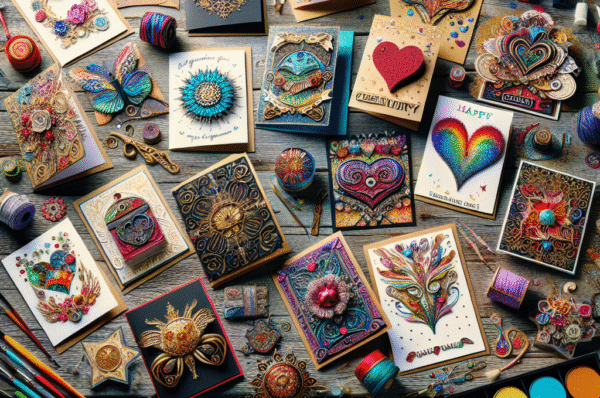In recent years, trading cards have surged in popularity, transforming from a niche hobby into a mainstream collectible phenomenon. Bridging the gap between childhood nostalgia and modern investment trends, trading cards are captivating a new generation of enthusiasts. This article explores the factors contributing to the rise of trading cards and the implications for collectors and investors alike.
A Brief History of Trading Cards
Trading cards have a long history, dating back to the late 19th century. Initially, they were often included with products such as cigarettes and chewing gum, serving as marketing tools that quickly turned into collectibles. As decades passed, cards evolved to represent various themes, including sports, entertainment, and even art. Iconic brands such as Topps, Fleer, and Upper Deck emerged, producing cards that would become staples in the sports and gaming communities.
The Modern Resurgence
1. Nostalgia and Sentimentality
The resurgence can be largely attributed to nostalgia. Many adults who collected cards in their youth are now revisiting their passion, often sharing it with their own children. This shared experience fosters a sense of community, as families bond over collecting cards from past and present. Nostalgia-driven marketing, through social media and online platforms, also encourages younger collectors to explore traditional and modern card sets.
2. Influencer Culture and Social Media
Platforms like TikTok, Instagram, and YouTube have played a significant role in revitalizing interest in trading cards. Content creators and influencers showcasing their collections, unboxings, and trading strategies have introduced millions to the allure of trading cards. These platforms serve as virtual marketplaces where collectors can buy, sell, and trade easily, creating a buzz around viral moments, such as record-breaking auction sales or rare card finds.
3. Investment Potential
During the COVID-19 pandemic, many turned to trading cards as an investment vehicle amid economic uncertainty. Rare cards, especially those graded by professional organizations, have been fetching astronomical prices at auctions. A LeBron James rookie card recently sold for $5.2 million, illustrating the financial potential of high-value cards. The emergence of investment firms and platforms specializing in trading card assets has further legitimized this market, attracting both seasoned investors and novices alike.
4. Diversity of Offerings
Today’s trading card market is more varied than ever. From traditional sports cards to Pokémon, Yu-Gi-Oh!, and even Magic: The Gathering, there’s something for every collector. The rise of digital trading cards through non-fungible tokens (NFTs) has added another layer of complexity, allowing collectors to buy, sell, and trade virtual cards, further fueling interest in physical card collections.
5. The Thrill of the Chase
One of the key components of trading card collecting is the thrill of the hunt. Collectors often seek rare cards, autographs, or even complete sets, creating a sense of adventure and competition that can be addictively enticing. The excitement of unpacking a new booster pack to reveal a valuable or hard-to-find card adds to the overall experience, making the pursuit of cards a gratifying journey.
Challenges and Considerations
While the rise of trading cards has created opportunities, it has also brought challenges. The market is now flooded with counterfeit cards and fraudulent sellers, making due diligence essential for collectors. Additionally, trends can be volatile; what is in high demand today may not hold value tomorrow. Buyers need to educate themselves about market dynamics, grading systems, and the significance of rarity and condition.
Conclusion
The rise of trading cards represents a confluence of nostalgia, community, and investment potential, transforming the landscape of collectibles. As new generations discover the excitement of collecting, the trading card phenomenon shows no signs of slowing down. Whether for personal enjoyment or financial gain, the world of trading cards continues to evolve, promising a rich and dynamic future for collectors worldwide. As the market matures, it will be intriguing to see how trends shift and how the community adapts to new challenges and opportunities.




